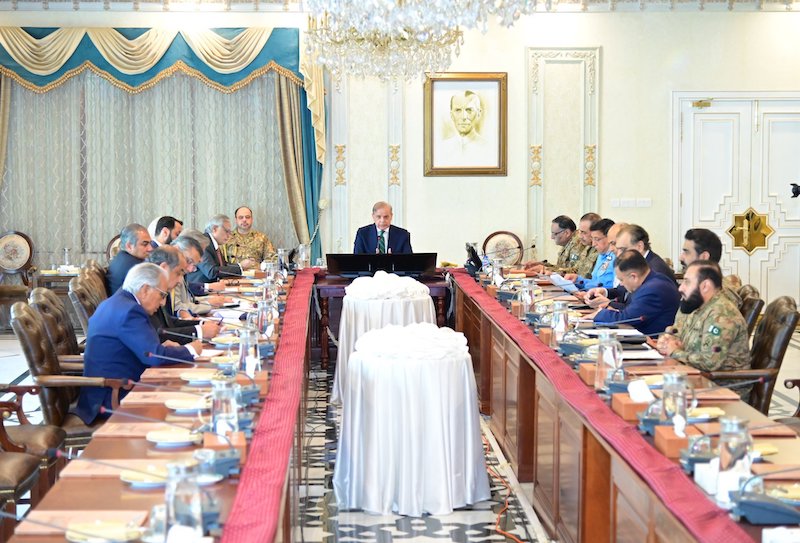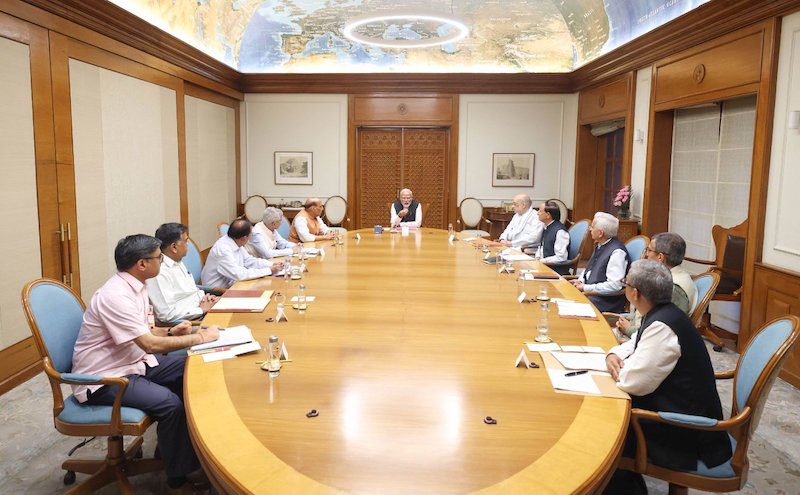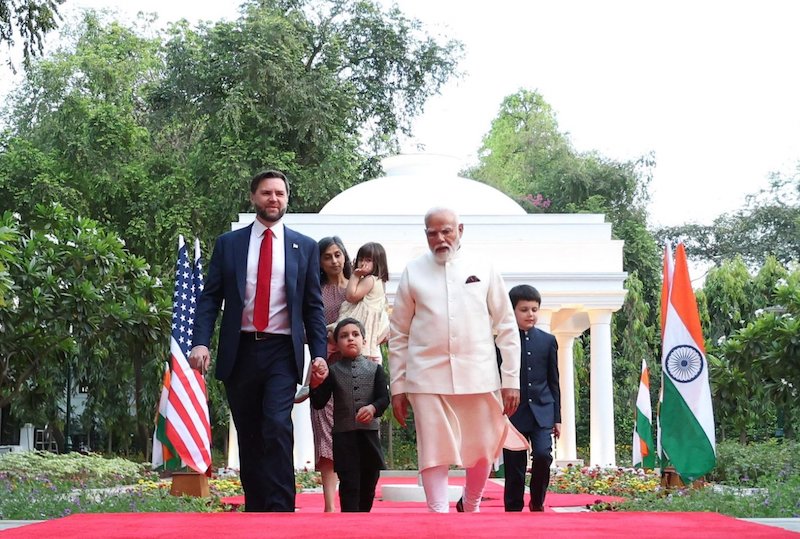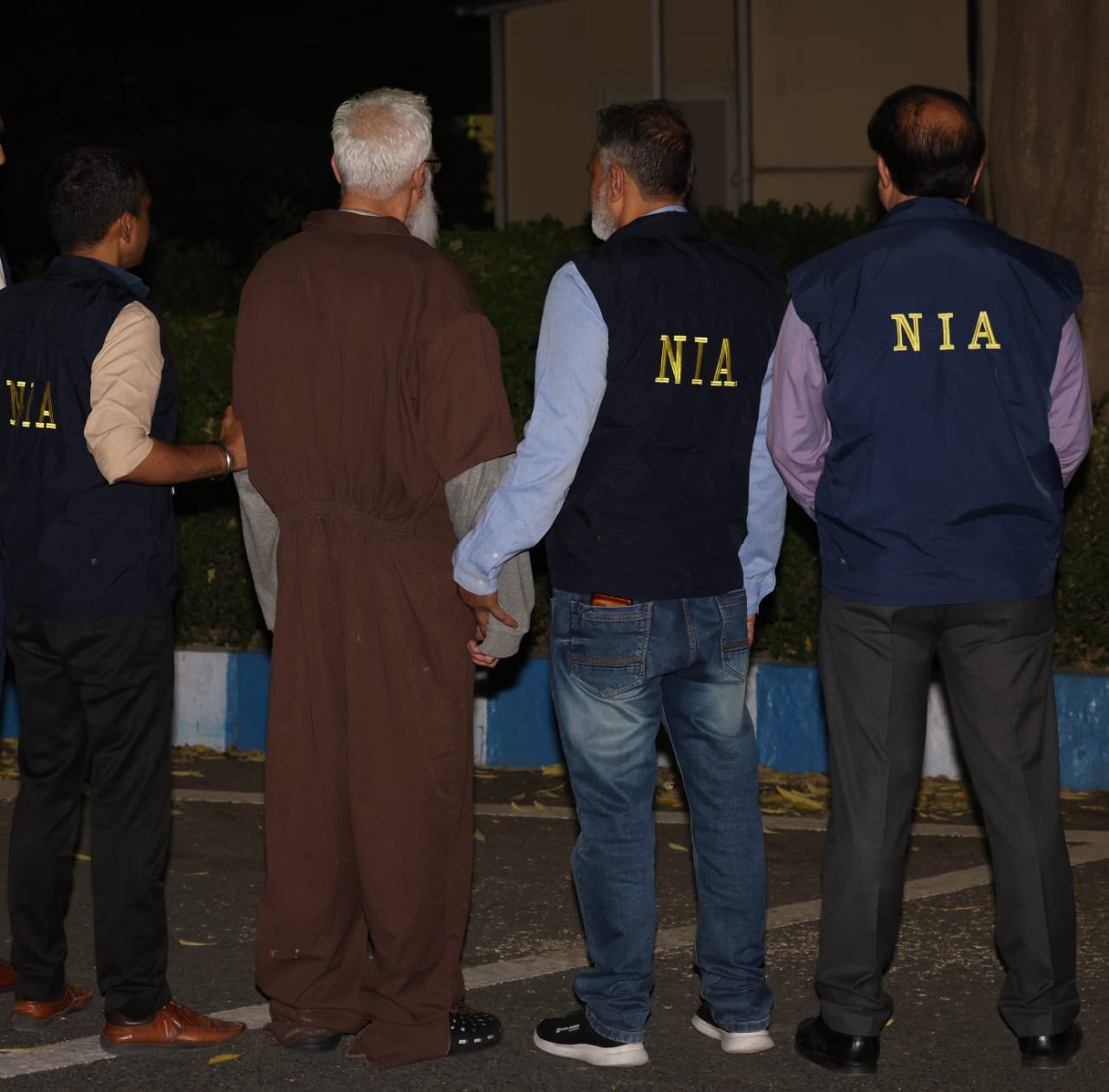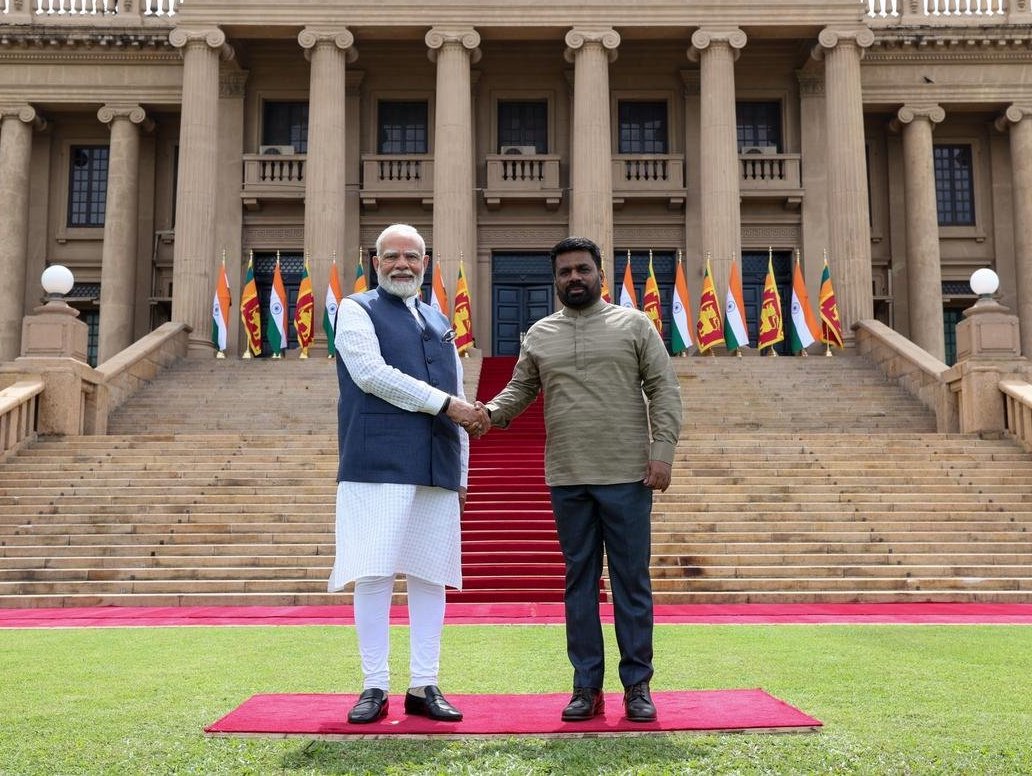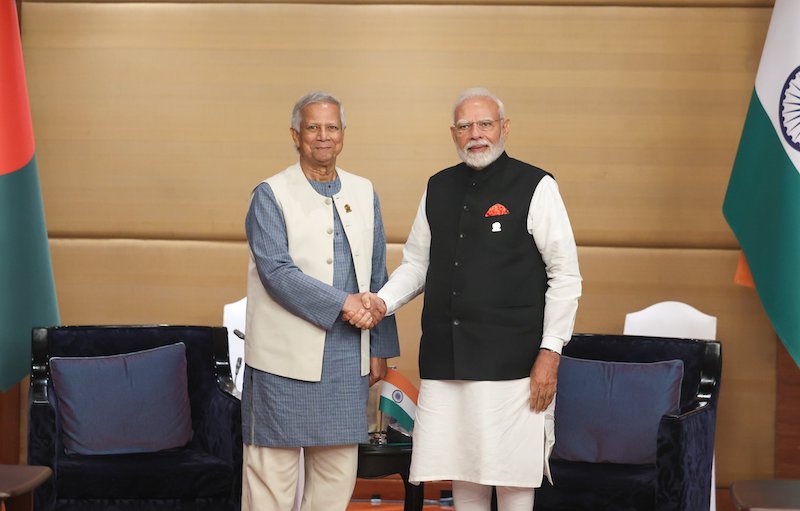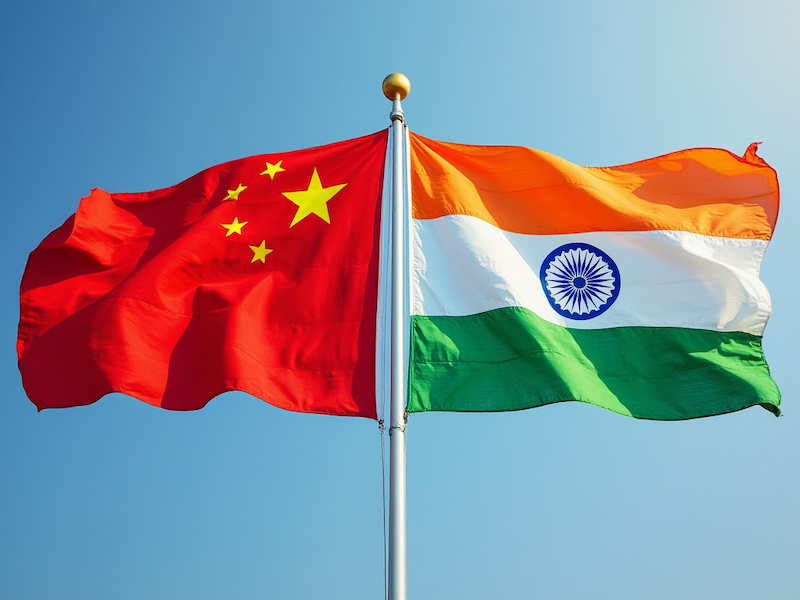
New Delhi: In what seems to be a notable advancement toward peace along the line of actual control (LAC), India and China have agreed to disengage troops from two friction points in eastern Ladakh – Demchok and the Depsang Plains. On Friday, New Delhi said the troops’ withdrawal process from the stand-off at those two sites will be completed by October 29.
This development comes just days after India announced that it had reached an agreement with China on patrolling rights in eastern Ladakh, as India Sentinels had reported.
If the disengagement is completed in true earnest, this may mark a breakthrough in the long-standing stand-off that began in 2020. Both countries have faced multiple confrontations in the region, with tensions peaking after the deadly Galwan valley clash in June 2020, which resulted in casualties on both sides. This incident was part of a broader series of skirmishes and face-offs that occurred in various sectors, including the Chushul sector, Pangong-tso, and the Depsang area.
The disengagement process, which has already begun, involves the removal of temporary structures and the withdrawal of troops to their pre-April 2020 positions. According to sources in the defence establishment, Indian soldiers are retreating to the west of the Charding Nala, while Chinese soldiers are moving back to the east side. This includes the dismantling of tents and other temporary infrastructure that were erected since 2020.
The agreement specifies that troops from both sides will fall back to positions they held before April 2020 and will resume patrolling areas where they traditionally patrolled until then. Regular ground commanders’ meetings will continue to ensure smooth coordination and avoid any miscommunication. The patrolling points in Demchok and Depsang will be restored to their pre-2020 status, with both sides maintaining surveillance over the area
This disengagement, facilitated by extensive diplomatic and military negotiations, follows a recent series of corps commander-level discussions and high-level diplomatic meetings, including exchanges between the prime minister, Narendra Modi, and the Chinese president, Xi Jinping. The foreign secretary, Vikram Misri, termed this as a significant step toward stabilizing the region, with both nations planning to resume patrolling once troops have vacated these areas.
The LAC tensions have largely centred on disputed regions where both countries claim overlapping territory, leading to a military build-up along the frontier. India has frequently emphasized restoring the status quo ante – a position reflected in this latest agreement. The move is part of broader de-escalation efforts that began after the 2020 stand-off, which has seen intermittent progress through various rounds of diplomatic talks.
This new arrangement, reached shortly before the 16th BRICS Summit in Kazan, Russia, where Modi had a formal bilateral meeting with Xi for the first time since the LAC stand-off in eastern Ladakh began, aligns with India’s broader diplomatic efforts to strengthen its stance while pursuing peaceful resolutions with China. It is hoped that the disengagement at Demchok and Depsang will ease the ongoing strains in other contested zones along the LAC, although some unresolved issues remain under negotiation.
Nonetheless, this disengagement is seen as a rare alignment of interests between New Delhi and Beijing, indicating potential steps toward a more stable LAC, although military and diplomatic tensions have yet to be fully addressed. The current process is seen as a critical confidence-building measure, helping to ease pressures along the eastern Ladakh frontier while both countries continue to seek longer-term solutions.

